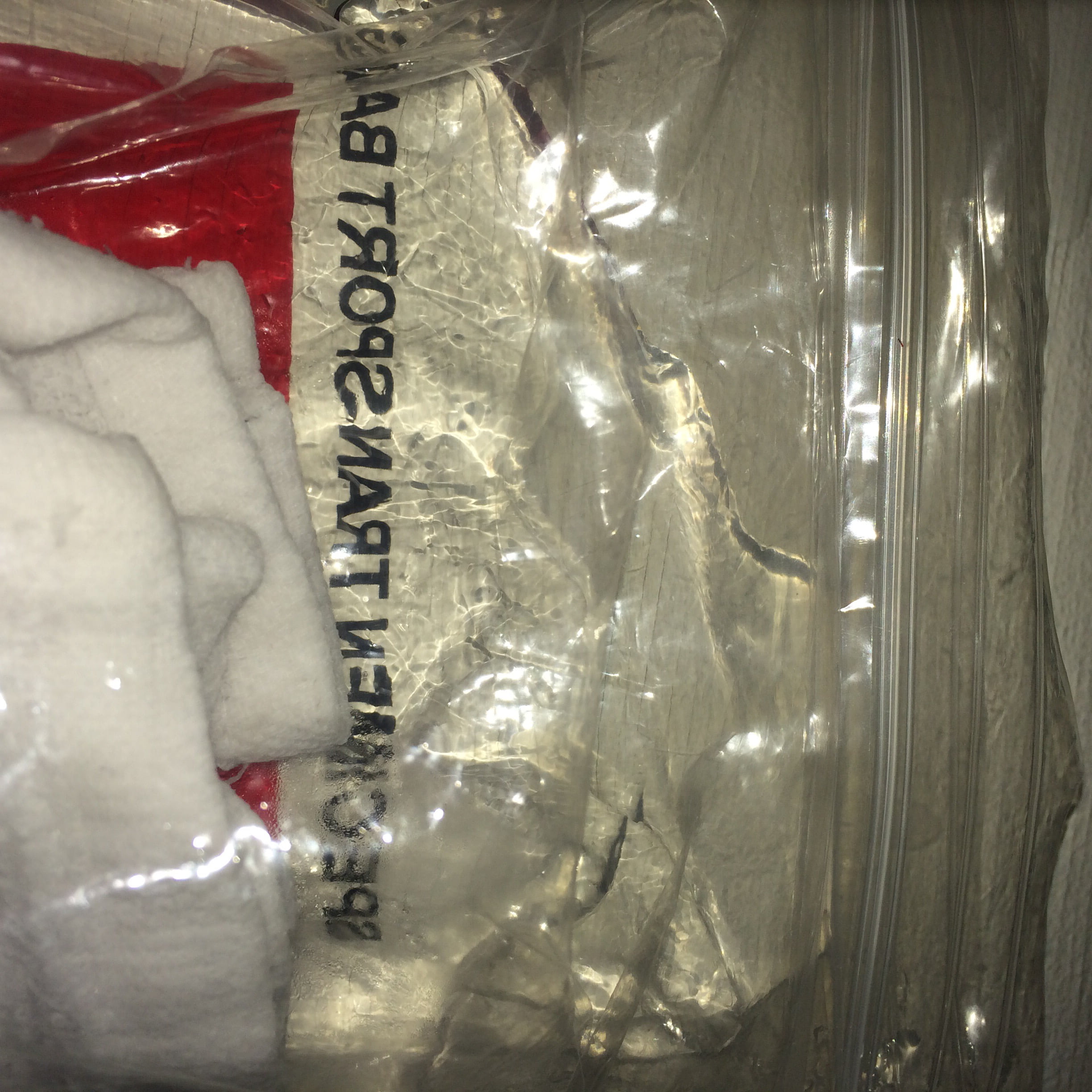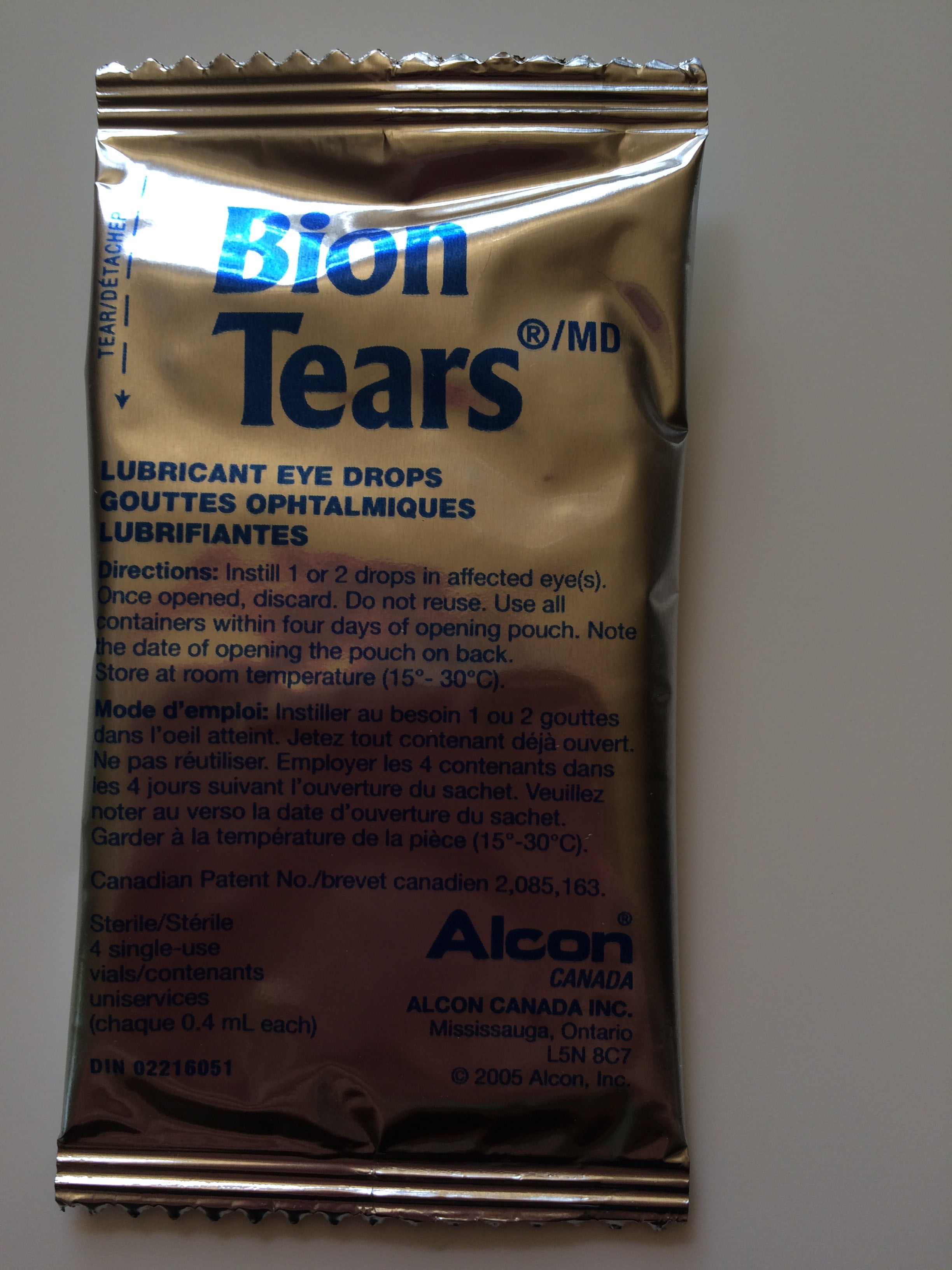I had eye surgery to improve my reading and had rather . . . unexpected results.
- Full left to right panoramic vision
- Peripheral vision on both sides, not just one
- Depth perception I thought I had but apparently not because suddenly objects had crannies and hills I hadn’t seen before
- Details! So many more details I can see
- Colours look richer, more intense, more nuanced — I can distinguish similar colours easier
- Facial perception has changed — not only can I see more details and colour gradations, but I think I’m perceiving micro-expressions I used to miss. Um, everyone looks older though. No more photoshopped view!
- I can stand like a stork on both right and left legs equally well sans wobbling or only a little bit.
- I can swat a fly on the first try — this is so very satisfying.
The world looks familiar yet so brand new! Despite my eye feeling and looking like it had undergone a few rounds sans bruising — ice cold compresses with a take-home washcloth for the win! — I could see really, really well! Holy cow!!

In the first month or so after surgery, I’d stand and stare: stare at bricks on houses, at their fine texture, subtle shadings of reds and pinks; stare at trees, their leaves with their popping-out veins and layers upon layers of branches; stare along a main street, the streetlights marching down the street, the farthest one as sharply focused as the nearest one, the far-off people way down the street so clear and never quite disappearing into the vanishing point I’d never seen before; stare at text on my iPhone and marvel at how crisp it is.
I expected improvement but not to this scale. And I didn’t expect my hearing to shoot up! I awoke from the anesthesia to a plethora of sound –holy cow, the nurses and patients were loud in the recovery room. I could hear every conversation, including the whispers between nurses about some of the patients. Ahem. Or boss nurse telling underling nurse to ensure I swallowed the pain pill while the old-fashioned painkilling tablet burned the side of my tongue like sand paper and the oxygen saturation monitor beeped beeped beeped till they stuck an oxygen cannula up my nose while my fellow patient regaled us all . . . Oh wait, shhh.
None of my brain health care team anticipated what would happen; my eye surgeon had given me some indication in that understated way doctors do. He said, you’ll have more efficiency and better proprioception and perception.
I eventually understood that more efficiency means that the data taken in by the eyeballs is increased and fed more efficiently to the brain. Less guessing, I guess, and more concrete info my brain can use to see.
But no one anticipated how much that such significant change would discombobulate my brain. The only one who could have, who had the neuroscience knowledge (or did, but you know how experts are: they get real specialized and forget their basic knowledge; they hear eyes and think that’s got nothing to do with my specialty, the brain) and who had all the information about my eyesight, the surgery, and my vision changes over the last 16 years and who knew the surgery would give me better vision and thus help me read easier, which is why he urged me on — the only one to have anticipated what could happen . . . if he had used his little grey cells, didn’t.
The problem with medicine today is that doctors have bought into medicine is only evidence-based, and if there’s no evidence, then there’s no need to pay attention to it. The practice of medicine today has forgotten why medicine is also an art; too many doctors don’t use their little grey cells when faced with the unexpected or to anticipate what may happen and for which no studies exist to explain — yet. The brilliant ones, especially when it’s obvious no one else is helping their patient, practice the art of medicine. That’s what my eye surgeon did. He found my vision changes remarkable, warned and reassured me at the same time that because of my unique cognitive situation (aka brain injury and a brain that developed with vision from one eye, pretty much), it would take some time to recover. He couldn’t anticipate how long until my eye had healed fully and the system had restabilized, about the end of June, early July. Until then, everything was in flux.
He added: all he did was the surgery, the rest is my doing. Brilliant doctors are also humble ones.
We had one big clue what may happen. Before the surgery, for the first time ever, I identified a letter during a prism test. It looked tiny and vague (it was in reality very big) but I saw it. Later, I could see vaguely and blurrily with my scarred eye the largest letter on the standard eye chart.
I almost cried.
We don’t use the eye chart to test acuity with that eye. Instead they ask me: how many fingers? But back in March, I had without warning graduated to the eye chart! O.M.G.
After the surgery, on the same day, I could see taped on the wall, the large E, rendered in pink and green pencil lines. I couldn’t believe it. Never before my brain injury had I thought it possible.
During the early-followup-to-reassure-me appointment, I not only saw the largest letter vaguely and blurrily, but I also saw the edge of the next one lit up white on a black background with the room’s lights off. I saw it as an I. My mother said it was a large O. To even see the edge is hard to compute. As my surgeon said: remarkable.

My eye was physically healing well — artificial preservative-free tears eased the soreness and dryness and didn’t irritate the dissolving stitches while painkillers only touched referred pain into my temple but not the pain in the eye itself (it took 7 weeks for stitches to dissolve, 8 weeks for all pain and intense ache when used to go). But my brain had trouble seeing with eyeballs that were sending it vastly more info. I couldn’t walk I discovered without every neuron feeling like it was under carbon-crushing pressure. Worse, I lurched around and had delayed dizziness and nausea to walking, reading, writing. Yikes! My surgeon referred me to the CNIB, and they sent me a mobility orientation trainer. Thank you God! More later.



